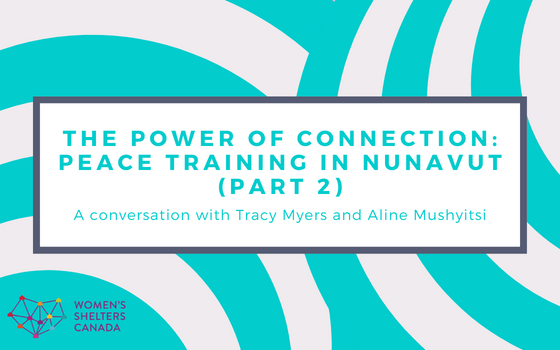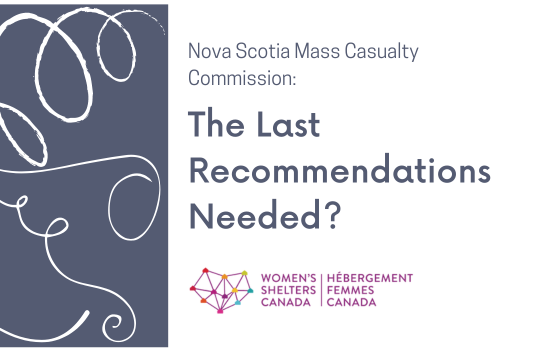On Wednesday, the Canadian Femicide Observatory for Justice and Accountability released its inaugural report on femicide in Canada in 2018.
As soon as they did, I was waiting for the barrage of “What about men?!?” comments to pour in. And pour in they did. Comments ranged from pointing out that more men than women are killed in Canada a year, to calling the Observatory sexist for focusing on women, to saying 148 women killed really wasn’t so bad. Others questioned whether anyone cared about men and why this was a women’s issue, and one even coined the term “menicide.”
Why is it that every time someone talks about violence against women, men — and women — jump out of the woodwork to chime in that “men are killed too” and “men experience domestic violence too”?
Of course they do, but that’s not what we’re talking about right now. You don’t see the Canadian Heart & Stroke Foundation constantly having to justify why it focuses on those conditions to people screaming that cancer is the number one cause of death in Canada.

Flowers are seen outside a home in Ajax, Ont., on Mar. 15, 2018. A woman and her two children were killed in the house. THE CANADIAN PRESS/COLIN PERKEL
The facts are: yes, men are more likely to be victims of homicide than women. But when women are killed in Canada and around the world, it looks very different:
- Ninety one per cent of accused perpetrators who killed women in 2018 were men. According to Statistics Canada, the vast majority of men murdered are also murdered by men.
- Women are significantly more likely than men to be killed by a current or former intimate partner. In fact, in 2017, 84 per cent of such homicide victims were women.
- When women are killed by their former or current intimate partner, they are often killed as they attempt to leave the relationship.
And even when women are not killed by intimate partners, they are often killed for misogynistic beliefs. Take the van attack in Toronto last year or the recent cases in Colorado and Florida.
In other words, women are often killed simply because they are women.
By focusing on women in this report and in the work that Women’s Shelters Canada (WSC) does, we are not saying that men do not deserve support as well. Nowhere does the report — or WSC — say that violence against women is more important than violence against men. What we do say is that violence against women is almost always a gendered attack: as the report says, “When women and girls are killed by violence, it is almost always in the context of their intimate relationships with men and/or the result of men’s sexual violence.”
The report also found that in more than 50 per cent of cases, the perpetrator is a current or former intimate male partner. Those specificities warrant a unique response because the killing of women is significantly different than the killing of men.
Why is this so threatening to some people? Why did the Gillette ad on toxic masculinity cause such a huge backlash, largely among men? Toxic masculinity leads to violence against women, but it also leads to male suicide. Tackling toxic masculinity helps both men and women. Feminism needs men but men also need feminism.
Why is it that when WSC posts on social media, we get such misogynistic and racist (usually Islamophobic) responses along with the whataboutism?
As many memes across the internet have pointed out, if the only time you purport to care about violence against men is to interrupt conversations about violence against women, it’s not because you care about men. It’s because you don’t want to talk about violence against women, and you don’t want others talking about it either.
So what are men who want to tackle this issue to do? In Canada, they can get involved with White Ribbon or WSC’s Strengthening Ties campaign. They can donate to their local women’s shelter. They can speak up when they hear sexist jokes. They can teach their sons and nephews that there is no right way to be a man or a woman. That men can cry and be emotional without being weak or “unmanly.”
And they can be an ally by responding to the whataboutism on social media — and the ones that will inevitably pop up in the comments on this piece — so that women don’t have to shoulder that burden on their own.
This post was written by Kaitlin Bardswich, the Communications and Development Coordinator at Women’s Shelters Canada.
This article was originally published on Huffington Post Canada’s Blog




